In today’s digital age, virtualization technology has become a key technology in the field of information technology. Virtualization not only improves the utilization of hardware resources but also provides a more flexible and efficient deployment method for software applications. Below are the detailed steps to enable virtualization on AMD.
Background of Virtualization Technology
The purpose of virtualization technology is to abstract hardware resources so that multiple virtual environments can run on the same physical server without interference. This technology has a wide range of applications, including server virtualization, network virtualization, storage virtualization, and more. Virtualization technology provides enterprises with a more flexible IT infrastructure, reduces hardware costs, and improves system maintainability and scalability.

In this field, AMD has been continuously innovating, committed to providing more powerful and efficient virtualization solutions to meet the growing digital demands.
Features of AMD Virtualization Technology
1. AMD-V Technology
AMD-V technology is a hardware virtualization technology introduced by AMD, which achieves hardware support for virtualization by introducing virtual machine management structures into AMD processors. The introduction of this technology significantly improves the performance and efficiency of virtual machines while reducing the impact on the host system.
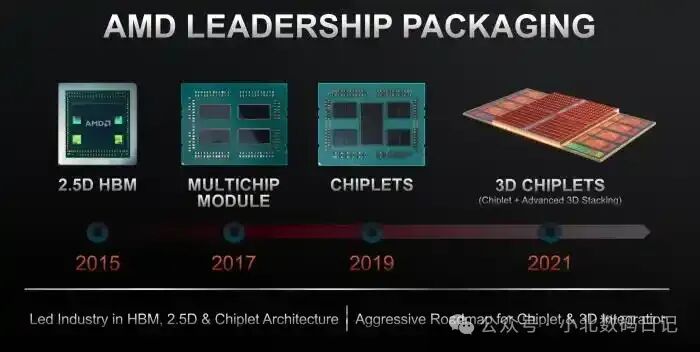
2. SEV Technology
AMD’s Secure Encrypted Virtualization (SEV) technology is a hardware-based virtualization security technology. With SEV technology, AMD processors can run virtual machines without exposing sensitive information. This technology provides higher security for virtual machines in cloud computing environments, protecting sensitive data within virtual machines from malicious attacks.
3. AMD EPYC Server Processors
The AMD EPYC series server processors are high-performance processors designed for data centers and enterprise applications. These processors support large-scale virtualization workloads, providing exceptional computing power through more cores and threads. They fully leverage AMD-V technology to offer higher performance and efficiency in virtualization environments.
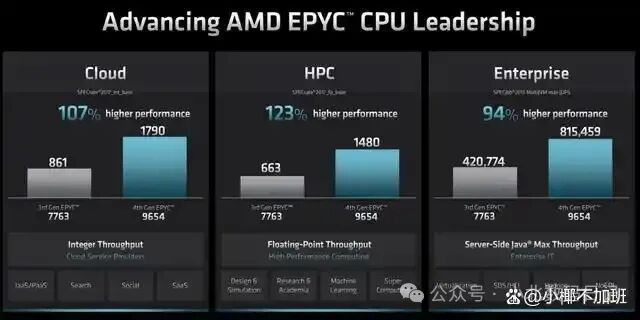
How to Enable AMD Virtualization
1. Confirm Hardware Support
Before attempting to enable AMD virtualization, you first need to confirm whether the hardware supports virtualization technology. Most AMD processors released in recent years support AMD-V technology, but to ensure stability and performance, it is best to consult relevant documentation or the official website to confirm the hardware’s virtualization support.
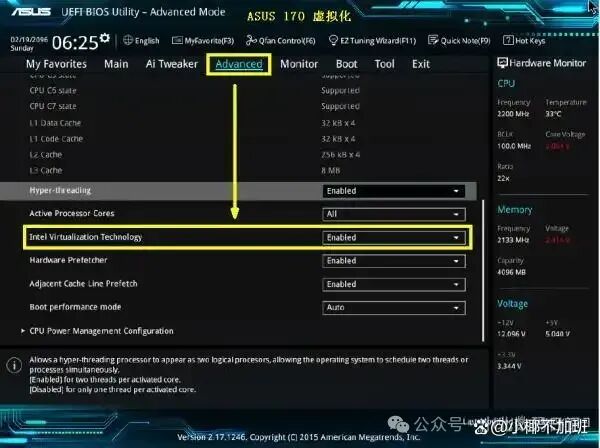
2. BIOS Settings
Virtualization technology typically needs to be configured in the computer’s BIOS. During startup, press the appropriate key (usually Del, F2, or F10) to enter the BIOS setup interface. In the advanced settings or CPU configuration options, find the virtualization-related options, usually labeled as “AMD Virtualization” or “SVM” (Secure Virtual Machine). Set it to “Enabled” to activate virtualization support.

3. Operating System Settings
Once virtualization support is enabled in the BIOS, the next step is to ensure that the operating system can fully utilize this feature. When installing the operating system, make sure to select options that support virtualization. For some specific virtualization platforms, additional drivers or tools may need to be installed to optimize virtualization performance.
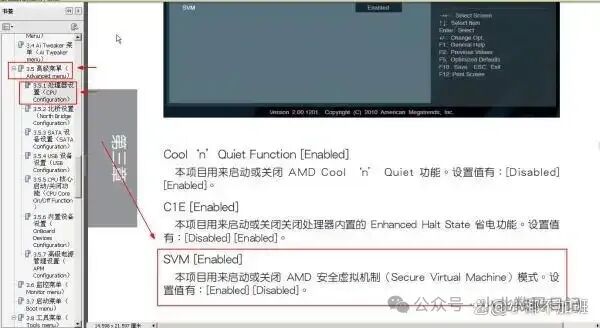
Future Development of AMD Virtualization
As the digital age continues to evolve, virtualization technology will play an increasingly important role in the future. The demand for virtualization technology will grow in fields such as cloud computing, big data, and artificial intelligence. As a leading semiconductor company, AMD will continue to drive the development of virtualization technology, constantly enhancing hardware performance and providing more advanced virtualization solutions.
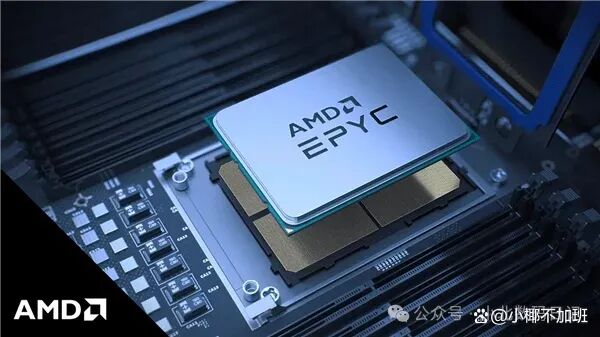
Overall, AMD’s virtualization technology has made significant contributions to improving computing performance and ensuring the security of virtual machines. By enabling virtualization, users can better utilize hardware resources, enhance system flexibility and scalability, and provide stronger support for application scenarios in the digital age. In the future, we have reason to expect continuous innovation and breakthroughs from AMD in the field of virtualization technology.